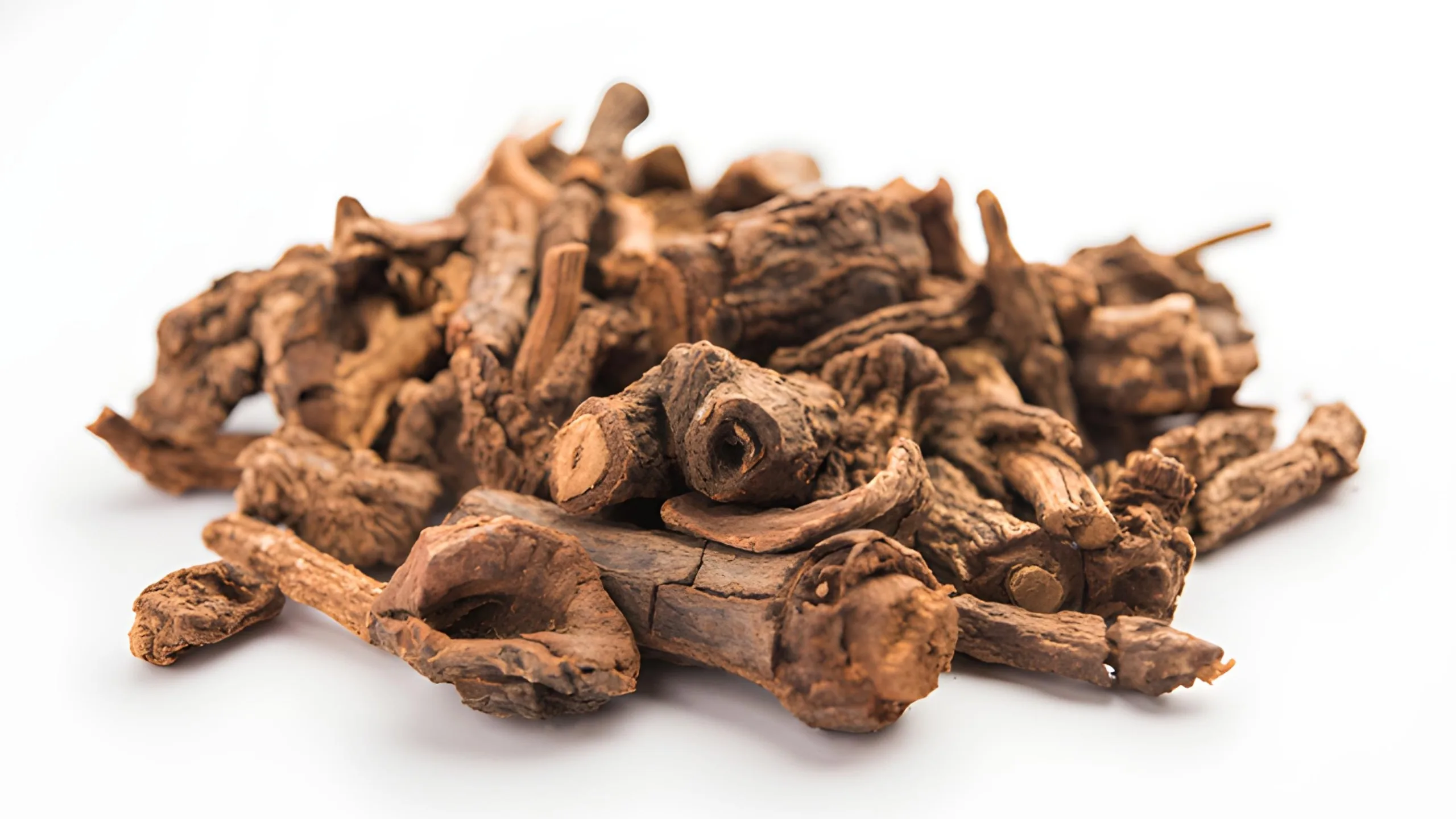Free Shipping On Above Order Value Rs. 500

Plumbago zeylanica (Chitrak) is a powerful medicinal herb widely used in Ayurveda for its digestive, anti-inflammatory, and antimicrobial properties. It helps in treating piles, indigestion, respiratory issues, joint pain, liver disorders, and skin diseases. Chitrak also supports child digestive health, hair growth, and weight management due to its metabolism-boosting properties.
Mishra, S., & Aeri, V. (2016). "Pharmacognostic and phytochemical studies on Plumbago zeylanica L.: An important medicinal plant." International Journal of Pharmaceutical Sciences and Research, 7(2), 517-524.
Patel, R., & Patel, N. (2018). "Plumbagin: A review on its sources, pharmacological significance, and toxicity profile." Asian Journal of Pharmaceutical and Clinical Research, 11(3), 5-12.
Goyal, M., & Kadnur, S. (2006). "Hepatoprotective activity of Plumbago zeylanica Linn. root extract against CCl4-induced liver damage in rats." Indian Journal of Experimental Biology, 44(4), 305-311.
Chakraborty, S., & Roy, M. (2015). "Anticancer potential of plumbagin: A natural compound with therapeutic promise." Journal of Natural Remedies, 15(1), 34-45.
Kumar, S., & Sharma, A. (2020). "Antioxidant and anti-inflammatory properties of Plumbago zeylanica root extracts." Journal of Herbal Medicine, 10(2), 58-67.
Ministry of Health and Family Welfare, Government of India. (1989). The Ayurvedic Pharmacopoeia of India (Part I, Vol. I, p. 39). New Delhi: Department of Ayurveda, Yoga & Naturopathy, Unani, Siddha, and Homoeopathy (AYUSH).

Moving your card details to a much more secured place

100% Payment Protection. Easy Return Policy

Fast, reliable delivery from global warehouses
